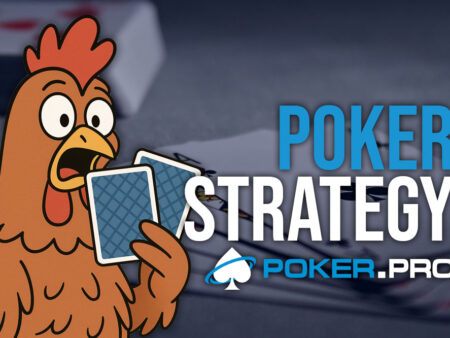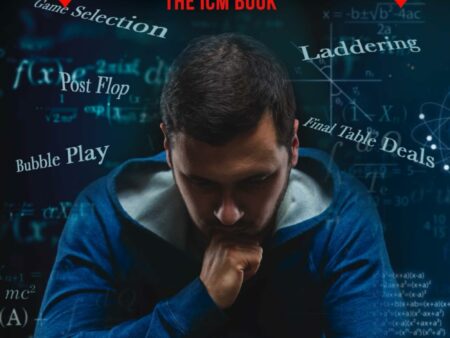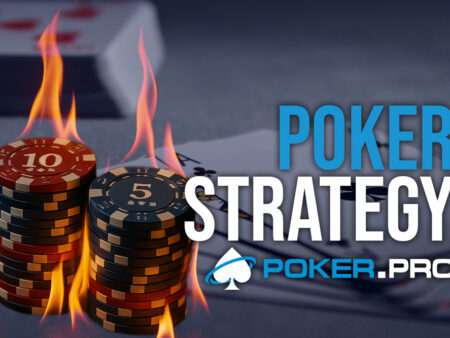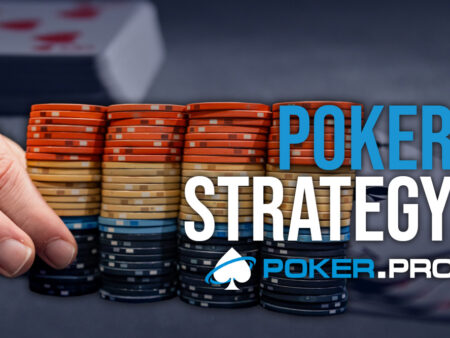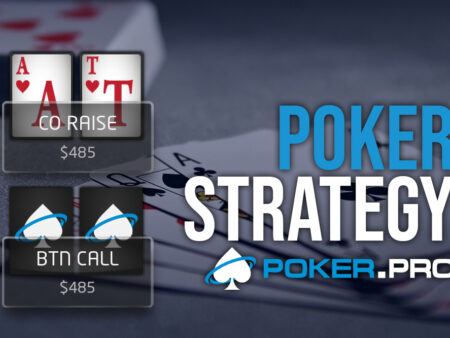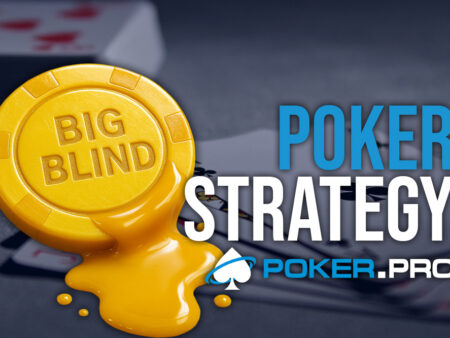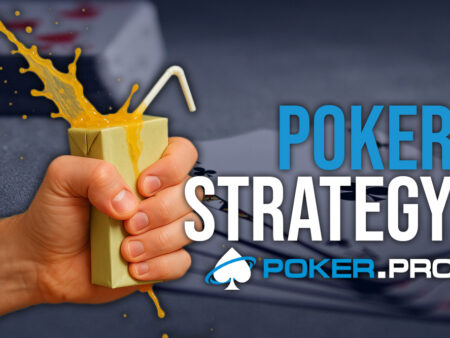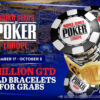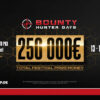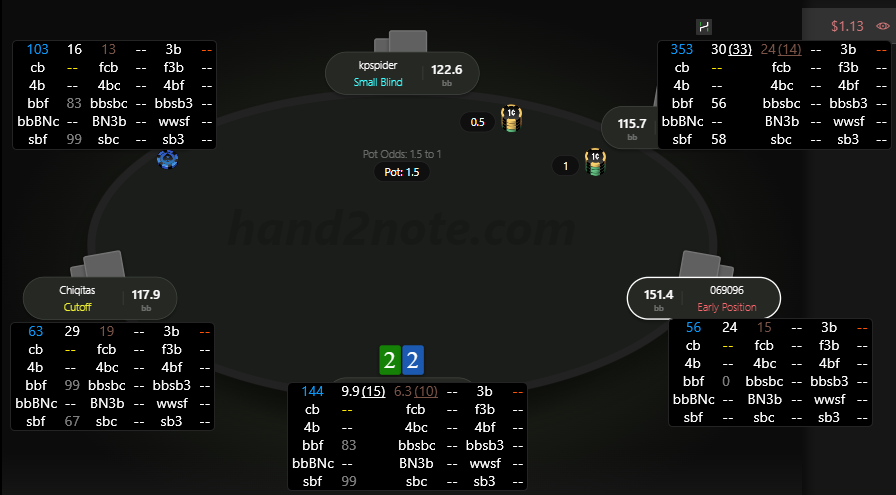
Heads-up displays (HUDs), such as PokerTracker, Hold’em Manager, Poker Copilot, and more, in online poker started gaining popularity in the mid-2000s. The exact timeline can vary, but HUDs became more widely used around 2006-2007.
HUDs provide players with real-time statistics and information about their opponents based on previous data collected while playing with the opponent.
The usage of HUDs can tell us more about our opponent and his style and tendencies of playing.
Utilizing a good HUD with a big enough sample can increase a player’s win rate and give them an edge over their opponents, but if we misuse HUDs, these same players can make wrong assumptions and lose more money.

How do players misuse HUDs?
Online poker pro Uri Peleg shared a good example in the past about how poker players have misused HUDs.
A total of 1 percent of the population has “Disease A,” and the test for Disease A is 99 percent accurate. John gets tested and tests positive for Disease A; what is the chance that John has Disease A?
Most people/poker players would automatically say 99 percent that John has Disease A, and they would all be wrong.
Let’s explain. If we test 100 people, will have one false positive and one true positive. So for every 100 people you test, you will get two positive answers; if we know that only 1 percent of the population is sick with Disease A, we can conclude that test is only 50 percent accurate.
Similar statistical misconceptions happen in poker when players use trackers and HUDs.
It’s crucial not to look at outliers and be careful with cherry-picking stats. The more numbers we look at, the bigger the chance for statistical error.
We need a very high confidence level and a tiny margin of error for every stat we look at to avoid mistakes and money loss.
So, for example, if we want to know what our opponent’s W$WSF (win money when saw flop)stat with a 1 percent margin of error at a 70 percent confidence level, we would need 13,410 hands on that opponent.
From this author’s experience, poker players make assumptions on far fewer hands where the margin of error is so big that the stat is not usable, and again, they lose money.


